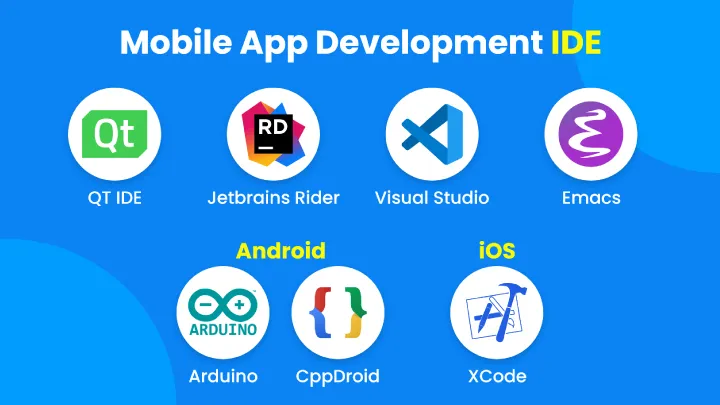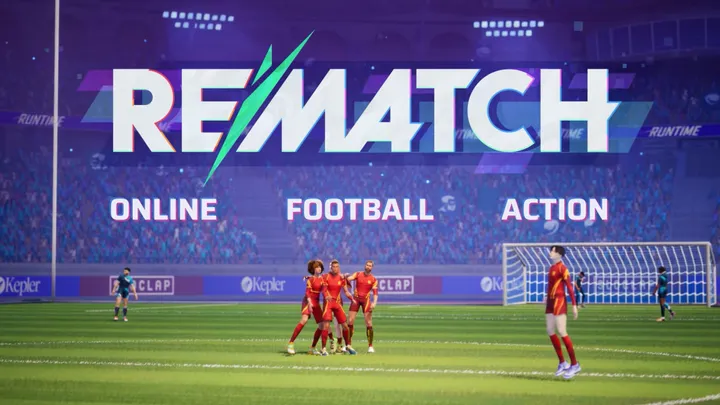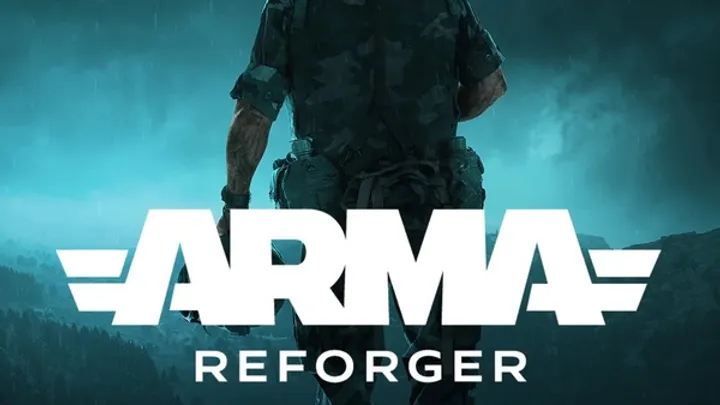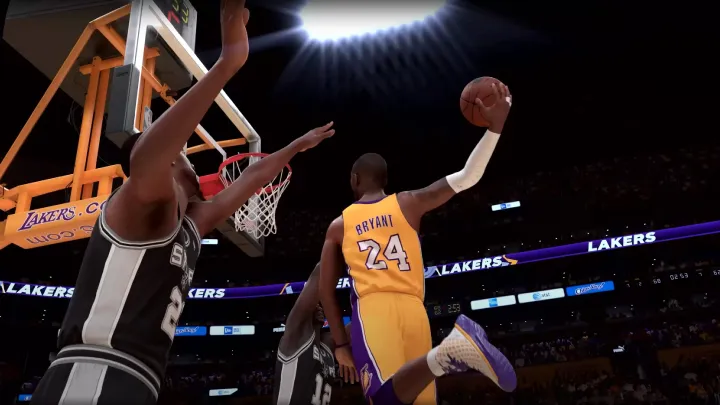Naraka: Bladepoint arrived with a promise: a melee-focused battle royale that broke away from the dominance of guns. With acrobatic mobility, parries, grappling hooks, and stylish hero abilities, it seemed poised to carve its niche in the crowded multiplayer scene. For many, it delivered — thrilling sword duels, cinematic finishes, and a fresh take on battle royale.
Yet from its earliest days, a particular issue has haunted Naraka: the skill gap. While all competitive games feature a difference between casual and veteran players, Naraka’s design magnifies this gap into a chasm. The parry system, timing-based combat, and movement mechanics reward mastery to such an extreme degree that newcomers often feel overwhelmed, while veterans dominate matches with seemingly insurmountable precision.
This article will trace how Naraka’s skill gap develops across different stages of play, why its systems exacerbate the divide, and what this tension means for the game’s long-term future.
1. First Encounters: The Allure of Acrobatics
A new player’s first encounter with Naraka is exhilarating. Grappling hooks allow them to soar across rooftops, walls can be scaled effortlessly, and combat feels fluid. The aesthetic is gorgeous — wuxia-inspired duels that echo martial arts cinema.
At first, casual players delight in the spectacle. Slashing wildly, using hero abilities, and grappling away from danger feels empowering. But beneath this accessibility lies a harsh truth: button-mashing quickly reaches its limit.
The seeds of the skill gap are planted here. While a beginner can enjoy the chaos of early fights, they soon encounter veterans who parry every attack, counter every move, and reduce them to spectators in their own battles.
2. The First Dozen Matches: Harsh Lessons
After a handful of matches, patterns emerge. New players realize they are dying not because of poor aim (as in shooters) but because of system mastery. Veterans understand frame timings, parry windows, and attack priorities in ways newcomers can’t yet grasp.
Casual players may think:
- “Why do my attacks always get countered?”
- “How did they parry me so easily?”
- “Why do I get stun-locked while they keep chaining combos?”
The early frustration spiral
This is where many players quit. Unlike shooters, where a lucky headshot can occasionally take down a pro, Naraka’s melee duels are heavily skewed toward knowledge and timing. Without mastery, survival feels impossible.
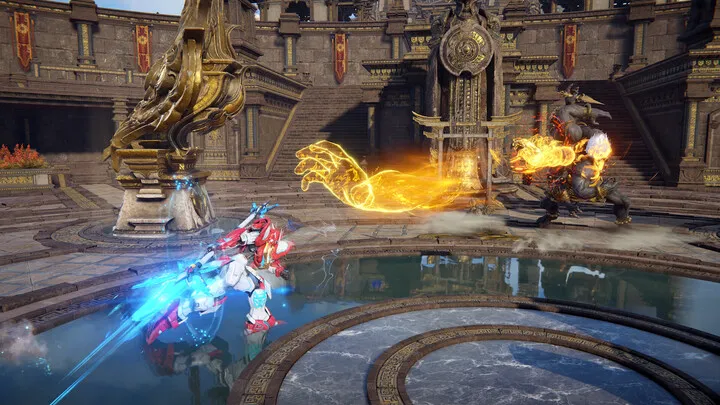
3. The Depth of the Parry System
The parry mechanic is Naraka’s crown jewel and its greatest barrier. Players can deflect charged attacks if their timing is precise, leading to devastating counters.
For veterans, this creates a rewarding mind game. They bait opponents, feint charges, and punish predictability. For casuals, parry often feels like a death sentence. A single mistimed charge leads to losing half a health bar instantly.
H3: Why parry widens the gap
- Precision required: Milliseconds separate success from failure.
- Punishment too high: One mistake often ends a fight.
- Knowledge barrier: Understanding which moves are parryable requires extensive experience.
Thus, what was designed as a skillful mechanic becomes a wall that divides the community.
4. Movement Mastery: Grapples and Parkour
Naraka’s movement is another source of joy — and divide. Grappling hooks allow creative repositioning, wall-running creates cinematic chases, and verticality sets it apart from grounded shooters.
But again, mastery defines the outcome. Veterans can chain grapples to escape or chase flawlessly, while beginners misfire grapples, waste stamina, or fling themselves into danger.
H4: A tale of two players
- Casual: Grapples away in panic, only to be caught mid-air.
- Veteran: Uses grapples to bait attacks, counter mid-flight, and reset fights strategically.
The same tool becomes a toy for newcomers and a weapon for veterans.
5. Weapon Mastery: Beyond Basics
Naraka offers a variety of melee and ranged weapons, each with unique combos, charged attacks, and cancels. On the surface, this variety invites experimentation.
But deeper layers of mastery emerge: animation cancels, combo optimization, and weapon-specific counters. For example, veterans know exactly how to reset with a spear versus a longsword, or when to switch weapons mid-fight for maximum damage.
The illusion of variety
For casuals, switching weapons feels fresh. For veterans, it’s part of a vast knowledge system that widens the skill gap even further.
6. Heroes and Abilities: Balance and Division
Naraka’s roster of heroes adds another layer of complexity. Each hero has unique abilities that can turn the tide of a fight — defensive shields, mobility bursts, healing, or crowd control.
For casuals, these abilities are lifelines. For veterans, they are tools of precision. A beginner might spam an ultimate to survive, while a veteran uses timing, synergy, and combos to maximize effectiveness.
The meta problem
Balance changes can exacerbate the gap. When certain heroes dominate competitive play, casuals often don’t understand how to counter them, leading to frustration. Veterans, however, adapt instantly.
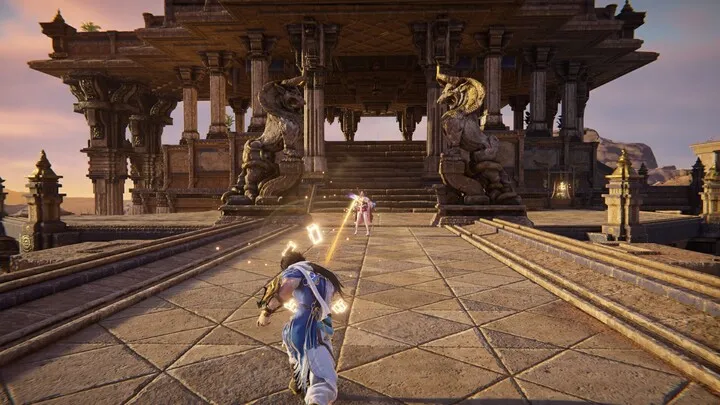
7. Ranked Play and the Crushing Divide
Ranked matchmaking sharpens the skill gap into a blade. At lower ranks, beginners may find some relief against similarly inexperienced players. But as soon as they climb, they collide with veterans who dismantle them effortlessly.
This creates two realities:
- Casual ladder: chaotic, button-mashy fun.
- High ladder: ruthless dueling, where only mastery survives.
The middle-ground problem
Players stuck between casual and competitive often feel trapped — too skilled for beginners, not skilled enough for veterans. This is where attrition happens.
8. Esports and Visibility of the Gap
Naraka’s esports scene showcases its brilliance — and its problems. Watching top players duel is breathtaking: flawless parries, acrobatic grapples, and lightning-fast decision-making.
But for casual viewers, it reinforces the skill gap. They see a game they can never realistically play at that level. Instead of inspiration, esports sometimes intimidates.
H3: The esports paradox
- Pros thrive: The systems reward mastery.
- Casuals alienated: They feel like they’re playing a different game entirely.
9. Developer Responses
The developers have acknowledged the steep learning curve. They’ve introduced tutorials, beginner modes, and balance adjustments. Yet the core systems — parry, grappling, weapon mastery — are resistant to simplification.
H4: Why fixes fall short
- Tutorials can explain buttons, not instincts.
- Balancing often pleases veterans more than beginners.
- Simplifying risks removing what makes Naraka unique.
Epic skill gaps are baked into the game’s DNA. The challenge is not eliminating them, but managing them.
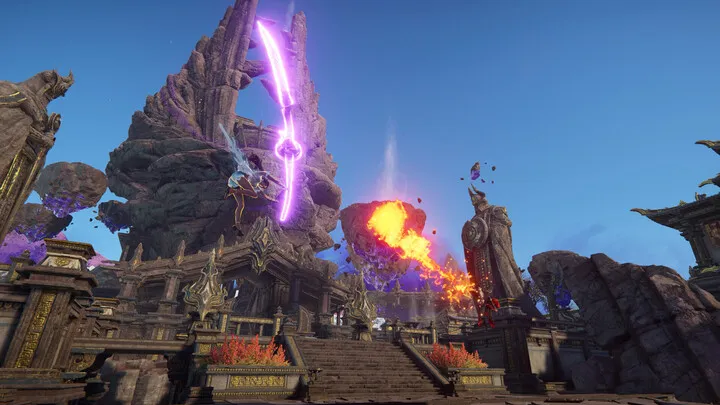
10. Reflection: The Double-Edged Sword
Naraka’s skill gap is both its greatest weakness and its greatest strength. For veterans, it ensures endless depth, rewarding years of mastery. For casuals, it creates a wall too high to climb.
The divide defines Naraka’s identity. Unlike Fortnite, which embraces casual chaos, or Dota, which thrives on depth despite its inaccessibility, Naraka is caught in the middle. It must decide whether to lean into being a hardcore dueling game or make stronger concessions to casual accessibility.
Conclusion
Naraka: Bladepoint dazzles with its martial arts spectacle, but its soul is divided by the skill gap between casuals and veterans. Every system — parry, grappling, weapon mastery, hero abilities — widens the gulf. The game’s brilliance is undeniable, but so is its brutality toward newcomers.
In the end, Naraka’s future depends on whether it can bridge this divide. Can it remain a rewarding space for mastery while still welcoming new blood? Or will it remain a game where only the most dedicated survive, while the rest watch from afar?
The answer lies not just in balance patches or tutorials, but in how the community and developers shape the very philosophy of play.











